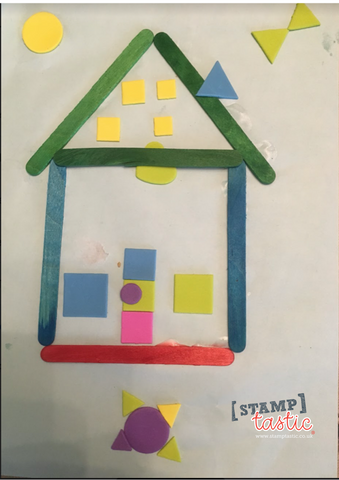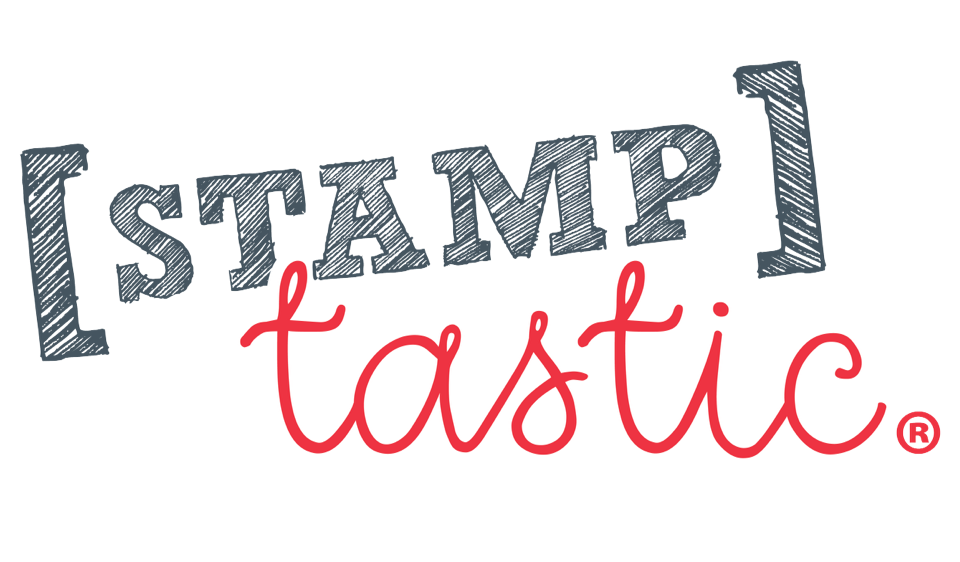Colour, Shape and Pattern Learning Fun
Did you ever stop and wonder why we place so much importance in the pre-school years on teaching shapes, colours and patterns. The ability to identify and name shapes and colours and spot patterns is both a marker and milestone in a child’s cognitive development. In a nutshell - our world all around is literally made up of colours, shapes and patterns! A tree has a different shape from a house, which has a very different shape from an apple! Even more so vehicles, flowers and road signs around us come in a variety of colours, and socks come in a whole host of patterns!
Verbal communication
Colour and shape are quite simply key words we use to describe and categorise the world around us. So, by teaching children about shape and colour we are giving them the vocabulary for starting to describe what they see.
Sorting and classifying
As children learn to identify shape and colour, they can begin to sort and classify objects using key attributes.
Health and safety
Colour can provide information about health and safety. ‘red’ we associate with ‘danger’ and ‘stop’, whilst ‘green’ indicates ‘go’. Blue marks on the skin indicate bruising, whilst red patches may indicate heat from over exposure to the sun, exercise or a rash.
Letters and numbers
The symbols for letters and numbers are simply just shapes. As children become confident at learning basic shapes such as squares and circles they develop visual discrimination and classification skills. These skills are required to distinguish between a ‘s’ and ‘c’ or between a ‘p’ and ‘d’. Similarly ‘1 2 3 4 5’ is a pattern of numbers.
Learning colours and shapes
Teaching colours, shapes and patterns to children is best done through play and daily experiences. Children need to be developmentally ready to learn to notice, match, distinguish between and name colours, shapes and patterns.
Activity ideas for colour and shape
Most four-year-olds can name “hearts” and “stars”, extend their vocabulary by introducing words like “circle”, “square”, “triangle” and “rectangle”. Look at the differences by feeling and counting sides and corners, notice the circle does not have a straight side unlike the others.
Ideas:
- Paint colour mixing
- Thread a rainbow necklace
- Shape hunts
- Building and making pictures and models with shapes
- Sort buttons by colour or shape (muffin trays are ideal for this)
- Print with shapes eg circle printing with kitchen roll tubes or wooden shape blocks
- Shape collages with lots of circles, squares, rectangles and triangles cut from coloured paper, old cards…
An example of using shapes as part of daily play

Learning about patterns
Patterns are everywhere and we need to be drawing children’s attention to them as we go about our daily lives. Patterns are simply things that repeat, like the stripes on a pair of socks, the brick pattern in a wall to the seasonal changes we see year on year. Children love to discover patterns in the world around them. Patterns help children start to make predictions as they begin to understand what comes next. Logical connections and reasoning skills are yet another positive attribute to becoming aware of pattern. In fact early pattern skills are the very beginnings of algebra!
Activity ideas
The ideal way to help your child learn about patterns is to begin by spotting patterns around them like the stripes on the jumper you are wearing. Then progress to encouraging them to copy patterns like with blocks. “Look I have a red block then a yellow block. You have a red block too just like in my pattern. What colour is next? Can you find the next one like mine?...” Once children can recognise patterns try and encourage them to create their own patterns. Get them to predict what comes next in unfinished patterns and make patterns with “mistakes” to find and fix.
- Recognise pattern in the natural world on animals, insects, leaves, rainbows, spider’s webs, dry stone walls…
- Copy patterns by sharing books and songs with repeated words and phrases or playing ‘Follow the leader’ with 2 steps and 2 jumps
- Continue and build patterns with blocks
- Create patterns by skewering fruit kebabs – banana, strawberry, banana, strawberry or beads on strings red, blue, red, blue, red…
- Create patterns that grow by lining up collections in size order from smallest to largest like buttons in a tin.
Button Sorting!

Please check out our Activity Card and sheets for more ideas to engage in colour, shape and pattern activities in a range of fun and playful ways!
Stamptastic in partnership with Jo and Lisa, look forward to taking you on this journey to support your child develop the necessary skills to feel smart and confident from day one at BIG school.
THIS WAY FOR NAME STAMPS FOR SCHOOL UNIFORM
Other blog posts you may find useful:
Everything You Need To Know About School Uniform For Back To School
Starting School: The Top Ten School Uniform Tips
Starting School: The Back To School Uniform Checklist
Stamptastic: The Ultimate Parent Hack
Starting Primary School: Introduction
Stamptastic Starting School Series: Meet The Experts








